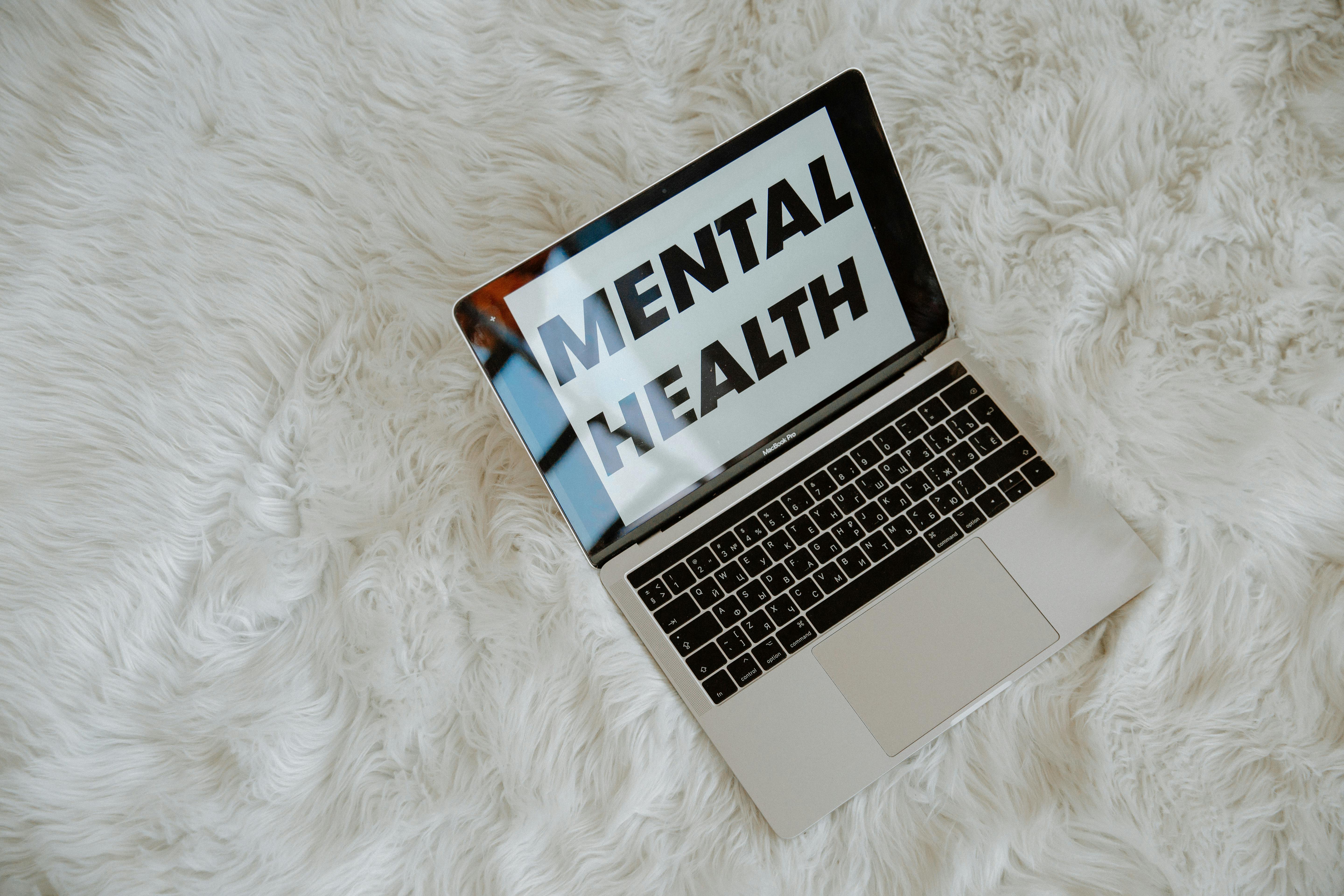Pregnancy Pilates help with prenatal fitness
Pregnancy is a very exciting time for expectant mamas. But it’s also a time where physical activity can be challenging because of the many changes in posture and center of gravity that come with pregnancy. This is why it’s so important to find an exercise program that’s safe and effective for both mom and baby, as well as a good fit with the changing body. And that’s where Pregnancy Pilates comes in.
The core benefits of pregancy Pilates East Sheen include strengthening, toning, and improving flexibility, but it also helps stretch the tight muscles in the pelvic region that can become overstretched during pregnancy. And according to multiple studies, when performed correctly, Pregnancy Pilates is actually safer and more effective than other forms of exercise during a healthy pregnancy.
As with any exercise regimen, it’s best to get the green light from your doctor before starting a new program during pregnancy. However, if you do receive the go-ahead to begin exercising, it’s highly recommended that you find a Pilates instructor who has taken special training in working with pregnant clients. This will help ensure that you are safely performing each movement, while also utilizing props for support as needed.

How does Pregnancy Pilates help with prenatal fitness?
A randomized control study published in BMC Pregnancy Childbirth found that women who practiced Pilates throughout their pregnancy had lower labor pain intensity, shorter first and second stages of labor and greater overall satisfaction with the labor process than a control group. Additionally, they had a lower rate of episiotomy and fewer C-sections.
One of the reasons why is because of the breathing techniques used in a Pilates class, called posterior lateral rib cage breathing, which helps to expand the ribcage and stretch all of those intercostal muscles that can become overstretched during a pregnancy. This type of breathing also helps calm the nervous system, which can in turn help decrease blood pressure and lessen the likelihood of preeclampsia and other pregnancy complications.
Another key aspect of Pregnancy Pilates is its use of small movements to engage the deep abdominal muscles, which can be a challenge during pregnancy as the muscle groups tighten and shorten to prepare for labor and delivery. Another benefit of the small movements is that they help prevent round ligaments from being overstretched, which can lead to pain and discomfort during a pregnancy.
Finally, a Pregnancy Pilates class will often incorporate the use of the calf muscles, which can be a major source of discomfort and tightness during pregnancy. This is due to a combination of hormonal changes, increased blood volume and pressure on the lower leg joints from the expanding uterus. Exercises like seated circling and stretching of the calves help to relieve this tension by helping to “pump” the blood back up toward the heart.
If you’re interested in giving Pregnancy Pilates a try but aren’t sure where to start, many studios offer limited trial periods of two or three classes at reduced costs. This is an excellent way to see if the workout is right for you, without having to commit to several months of classes.

